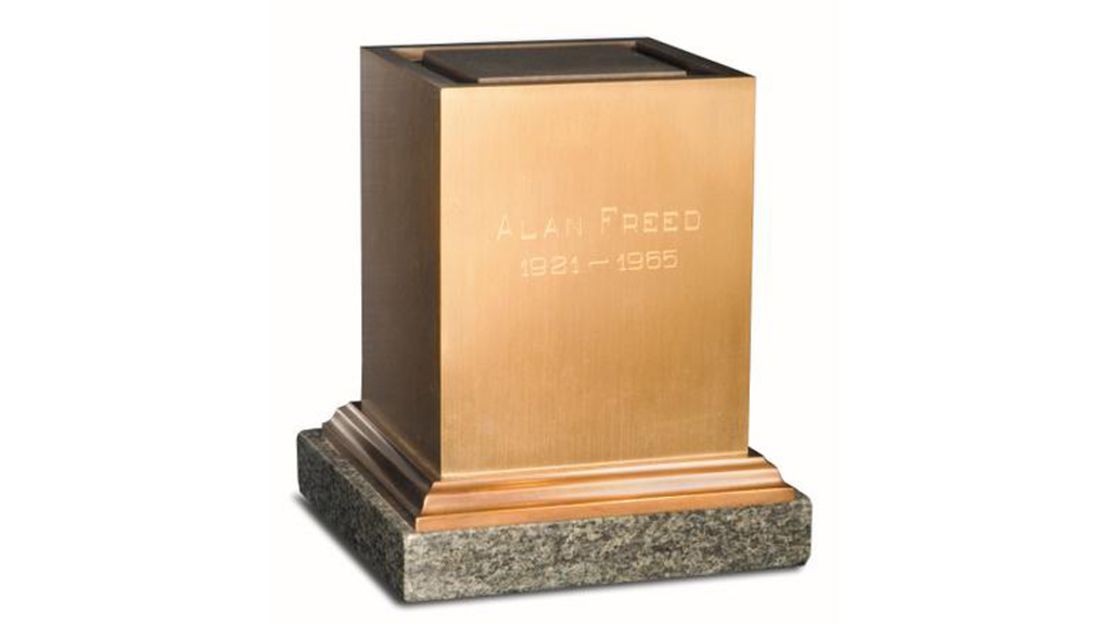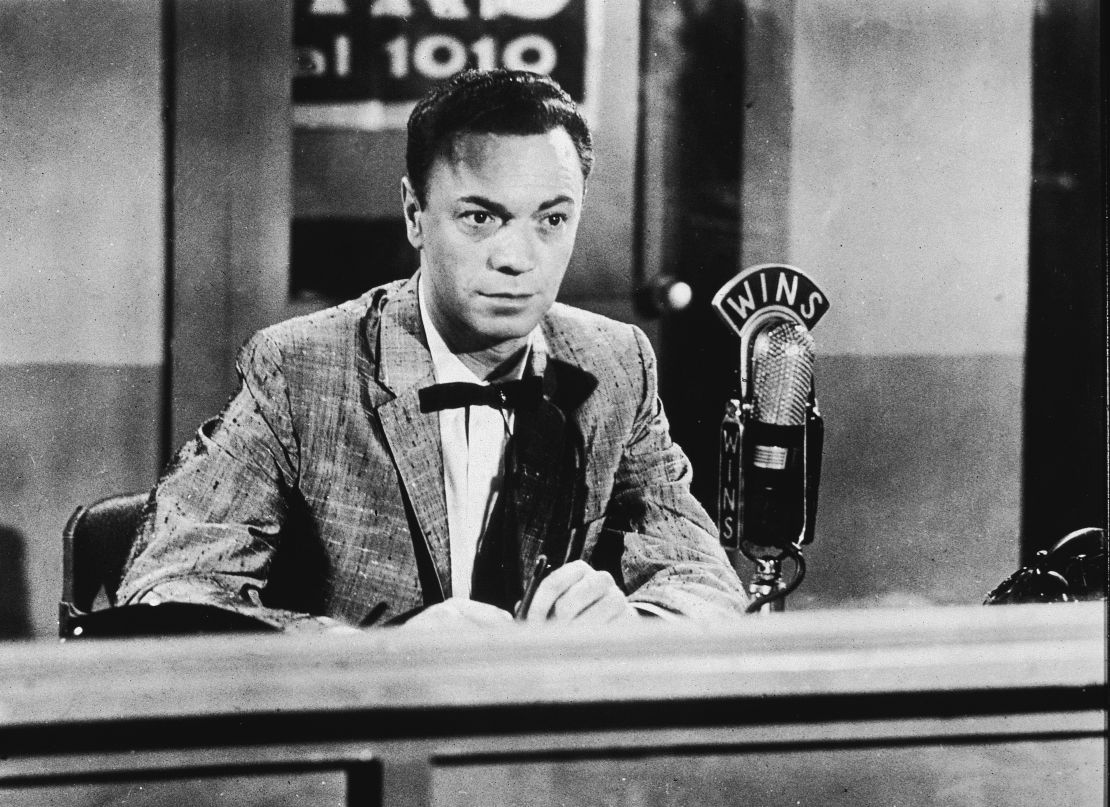Story highlights
An urn with Freed's ashes is moved from its spot at the Cleveland museum Friday
His son says the museum is "disrespectful" to his father's legacy as a rock 'n' roll pioneer
"We are conscious of his important role and will continue to honor him," hall director says
Ashes are being removed just days after the museum opens a Beyonce exhibit
Alan Freed, the DJ credited with coining the term “rock ‘n’ roll,” will be physically removed from the Rock and Roll Hall of Fame on Monday.
An urn with Freed’s ashes was taken from its spot at the Cleveland museum on Friday, and Freed’s son will pick up his father’s remains Monday, according to Executive Director Greg Harris.
Lance Freed told CNN that the museum was being “disrespectful” to his father’s legacy as a pioneer of rock ‘n’ roll, but Harris said Freed will continue to be “very prominent” in the hall.
Harris disputed the Freed family’s description of the removal as an eviction, but according to the son, it is not a voluntary removal.


Freed’s ashes are being ousted just days after the museum opened a Beyonce exhibit featuring the singer’s costumes, including the black leotards worn in her 2008 “Single Ladies” video.
Freed started playing R&B records on his Cleveland radio show in 1951, a time when stations that targeted white listeners ignored black artists. He called it “rock ‘n’ roll.” His “Moondog Coronation Ball” at the Cleveland Arena in March 1956 is considered the first major rock concert.
The rock ‘n roll song that started it all
Freed put Cleveland on the music map and rock ‘n’ roll on the radio. His connection to the city was a major reason the northeastern Ohio city was chosen as the home for the Rock and Roll Hall of Fame, both his son and Harris said.
Freed was initially interred in New York, the city where he died at 43 in 1965. His family moved his remains to Cleveland years later and then to the museum 12 years ago, Lance Freed said.
“I thought this was the last move, but then I got this call to move him,” Freed said. “He said, ‘You’ve got to come pick him up.’ “
It was not a rushed or unilateral decision, Harris said.
“The museum world is moving away from exhibiting remains” since ashes don’t help tell a story, he said. “Museum community colleagues across the country agree.”
Lance Freed said he believed his father’s exhibit is being downsized and moved to another area of the museum, but Harris said it is not being changed beyond removal of the gold urn. Harris suggested that Freed’s son might feel better about the move after he visits the museum Monday morning.
“We are conscious of his important role and will continue to honor him,” Harris said. The museum’s radio studio is named for him, and there “are many touch points” in the hall that relate to Freed, he said.
Freed’s role in breaking down racial barriers in U.S. pop culture in the 1950s, by leading white and black kids to listen to the same music, made put the radio personality “at the vanguard” and made him “a really important figure,” Harris said.
Harris defended the ouster of Freed’s ashes coming at the same time that Beyonce’s leotards are welcomed into the hall of fame. “Rock and roll isn’t just about yesterday,” he said. “It continues to evolve, and we continue to embrace it and refine our operations.”
The Freed family will spend the next several weeks deciding where in Cleveland to take the urn, his son said.
They want to “create some sort of modest memorial where people who want to pay respect, or reflect,” can visit, he said.
“I’m a little bit emotional right now, because this is the third time I’m moving my dad,” he said. “But hopefully it will be the last.”









